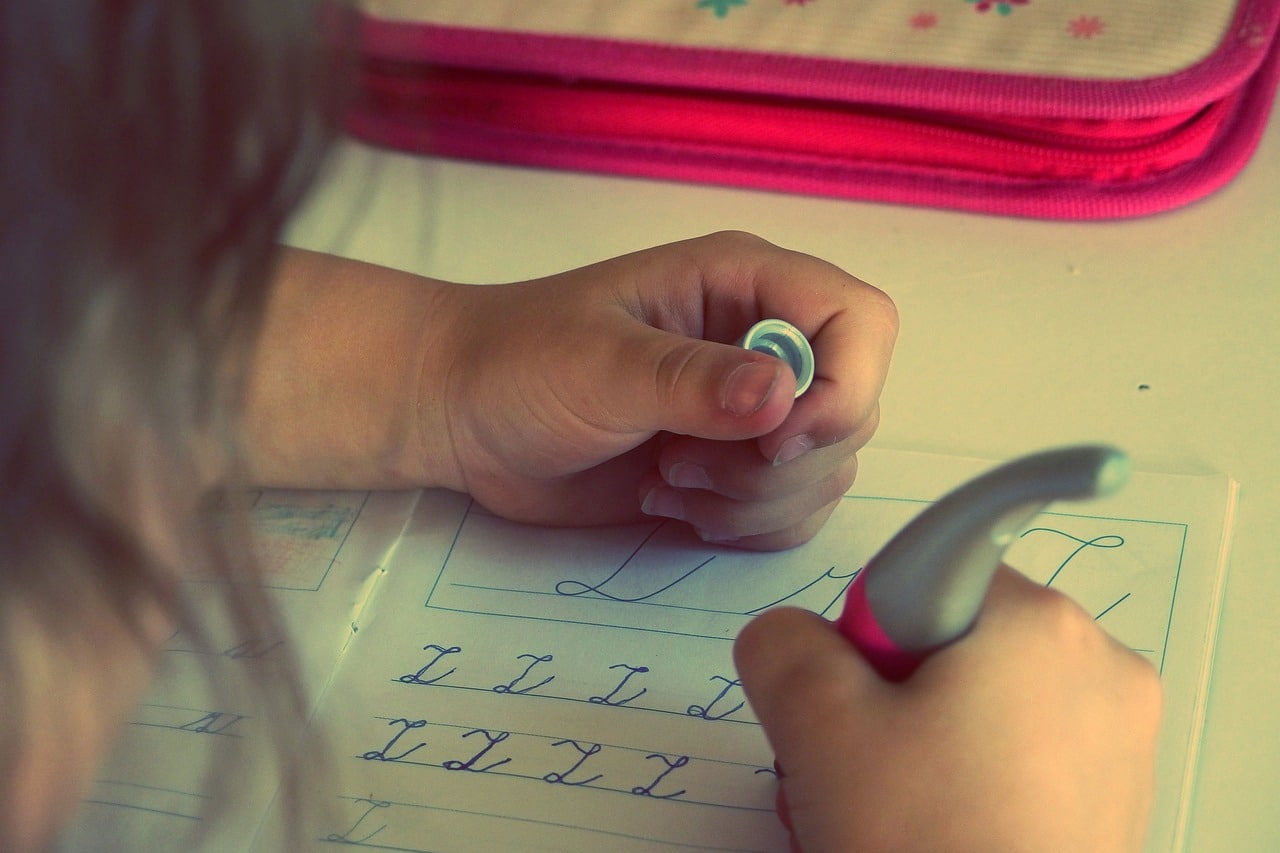
Dysgraphia affects the coordination of the muscles of the hand and arm.
Dysgraphia is a difficulty coordinating the muscles of the hand and arm in children who are intellectually normal and do not suffer from severe neurological deficiencies . This difficulty prevents mastering and directing the pencil to write in a legible and orderly manner .
Dysgraphic writing is usually partially legible , since the student 's handwriting can be very small or very large, with poorly formed strokes. The disgraph cannot respect the line of the line or the relative sizes of the letters, since it presents rigidity in the hand and in its posture . There are even times when he writes in reverse, from right to left.
On the other hand, dysgraphs cannot write at normal speed . For this reason, specialists recommend not putting pressure on affected children by demanding greater speed.
difficulty coordinating the muscles of the hand and arm
Analysis of dysgraphia
The concept of dysgraphia can be analyzed from two contexts: the neurological (when the disorder is due to a deficit of this type) and the functional (the disorder does not respond to brain lesions or sensory problems).
The detection, diagnosis and treatment of dysgraphia requires specialized intervention , with evaluation instruments that allow establishing a clear and precise clinical picture. When parents or teachers notice that the writing learning process is altered, they should go to a specialist to establish the appropriate diagnosis.
Signs to consider
It is recommended that corrective therapy begins as soon as possible , since children with dysgraphia suffer in class from not being able to present their work correctly and neatly. To be prepared for a case of dysgraphia that has not yet been detected, we must keep in mind the different signs that can manifest, some of which are listed below:
Writing takes much more time than the rest of the students, in addition to being considerably more laborious. Part of the extra effort is due to great difficulty controlling the pressure of the writing instrument;
- There is an excess of rigidity or laxity in movements during the use of the pencil;
- Total absence of uniformity in the strokes, with a constant variation. Although the result is generally legible, there are cases of excessive elaboration in the letters to the point that it is very difficult to understand them;
- The same letter or the same word can have different sizes even within a sentence or paragraph;
- Difficulty organizing letters when writing a word or phrase;
- The posture during the writing process is incorrect, with the trunk too close to the table or an abnormal inclination forward.

The correction of dysgraphia requires the development of therapy.
Consequences of dysgraphia
We should not underestimate the magnitude of the impact that these difficulties can have on a child's time at school . We are facing an obstacle that prevents the normal development of writing, one of the most valuable tools that we are given to communicate with other people, to study, work and even to consume products in the field of entertainment.
If it is not treated in time, both intellectual and emotional development are at risk, with self-esteem being one of the easy targets. Unfortunately, children can be very cruel in situations like this, which is why a dysgraphia patient usually isolates himself from his peers to avoid being hurt.
dyslexia
The concept of dyslexia is often confused with dysgraphia, since both represent a learning difficulty . However, there are clear differences, especially if we highlight that dysgraphia primarily affects writing while dyslexia affects reading.
Other problems caused by the latter are difficulties speaking, spelling, distinguishing certain sounds and associating them with letters or combining them to make words.
